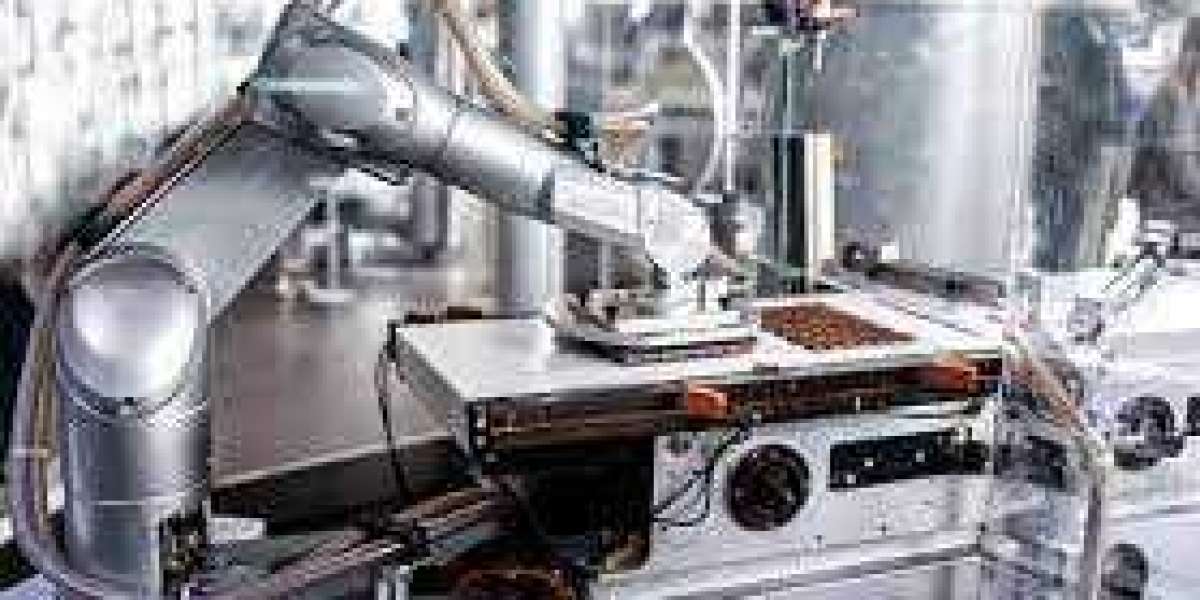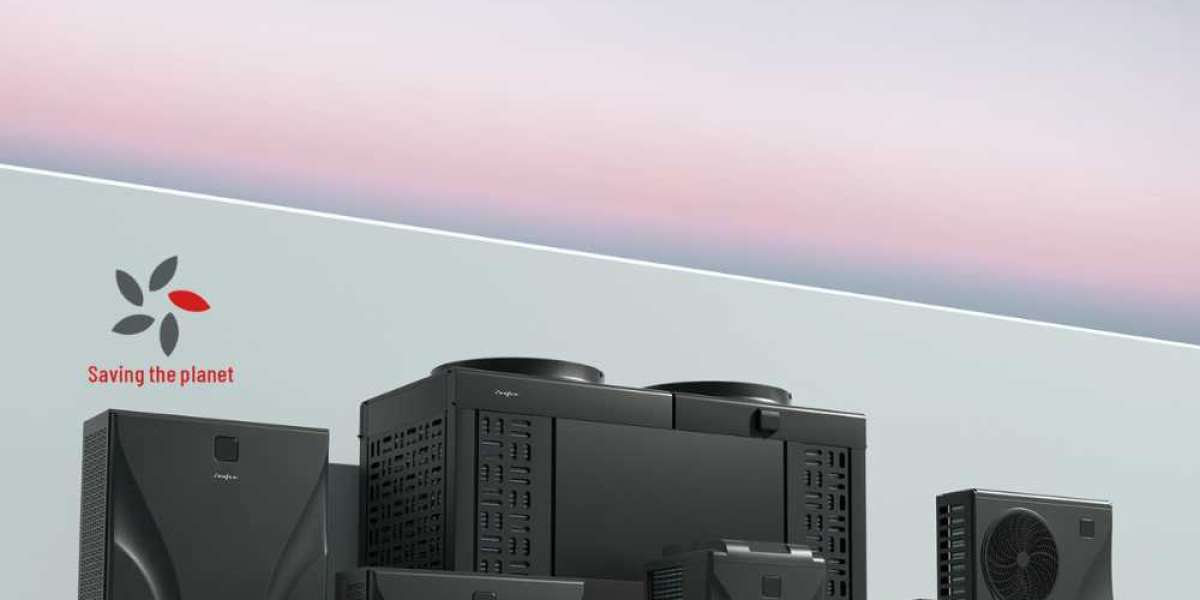What is automation and robotics in the food industry?
An agricultural robot is a robot that is used for specific agricultural purposes. The main application with the agricultural industry would be considered within the harvest stage, environmental monitoring and soil analysis.
In the not-too-distant future, advanced robotic systems will tend and harvest plants, as well as perform data collection on the farm, increasing crop yields.
Many companies are using robots to increase the overall yield of their crops.
They can do this both by automatically analyzing crops, and by using a detailed sensor to collect data on the state of the crop, within external conditions, to assess the best type of conditions to grow crops.
Imagine that you are a farmer and you can know what the ideal time to plant and harvest is, is it something you would like to invest in?
Well, thanks to Artificial Intelligence (AI), this is now something that is becoming possible, among other applications. Of course, you can save time and costs for farmers and, at the same time, improve costs and efficiency for those involved in food processing, or in other words, the production of the raw material for future consumption.
As farming robots become a permanent fixture on many farms, the value of the market is expected to reach $20.6 billion by 2025, and with the rate of growth, it wouldn't be surprising if it surpassed this valuation.
Robotics and automation in food manufacturing
In recent years, food manufacturing has become more difficult within the intricate processes required to carry out specific tasks.
These processes include: preparing ingredients, various cooking methods, picking and packaging, as well as improving the overall safety of the food manufacturing environment.
Since there is a high demand for manufacturing within the food industry, robots have been seamlessly integrated into the industry in recent years.
It means that the autonomous solutions provided by robots allow high-precision movements within the workplace. At the same time, there is highly regulated safety, which mitigates accident levels in the workplace as much as possible.
Robotics.org reports that a major advance in robotic technology within food processing has been the introduction of more advanced grippers. These tongs allow for quick, yet gentle handling of sensitive food products such as fruits and vegetables.
Robotics and automation in food packaging
According to BCC Research, the food processing and packaging market will be worth around $30 billion plus by 2022, showing the clear upward spiral the market is going through.
Additionally, more than 80% of food packaging operators already use robotics, according to a survey by the Association for Packaging and Processing Technologies.
So, it's no surprise that machines are being brought in to do monotonous work, with the added bonus that there is minimal room for human error and no chance of fatigue on the part of a robot.
Robotics and automation in industrial kitchens
Robots are becoming much smaller, more compact and therefore more affordable, which in turn makes it easier to get into kitchens and food processing factories.
Robots, when we first thought of them, were big, heavy things that did painting, welding, or that kind of work within the automotive industry. And now they are very small, light, weigh even less than 100 kilos, so they can be rolled and moved to different places on the production line.
And in parallel, we can't get over the fact that they are becoming much easier to program, train, teach, and then integrate into existing systems or other parts of the line.
It no longer requires you to call the manufacturer to come in and make changes. You can make those changes very easily in the factory with the same team.
This has undoubtedly opened up the possibility of acquiring endless solutions for the food industry without having to make an incalculable investment.
Today's robotics make order picking and packing much more efficient. For example, once an online order has been placed, the robot will be able to detect the location of the specific product, properly package it, and provide the customer with real-time information and the status of the product being delivered.
The packaging robots are capable, among others, of performing the following tasks: opening, filling, and packaging, sealing and correctly labeling the package that will be sent to the end user.
Guide to the main equipment for food processing
How to start an industrial food production business







